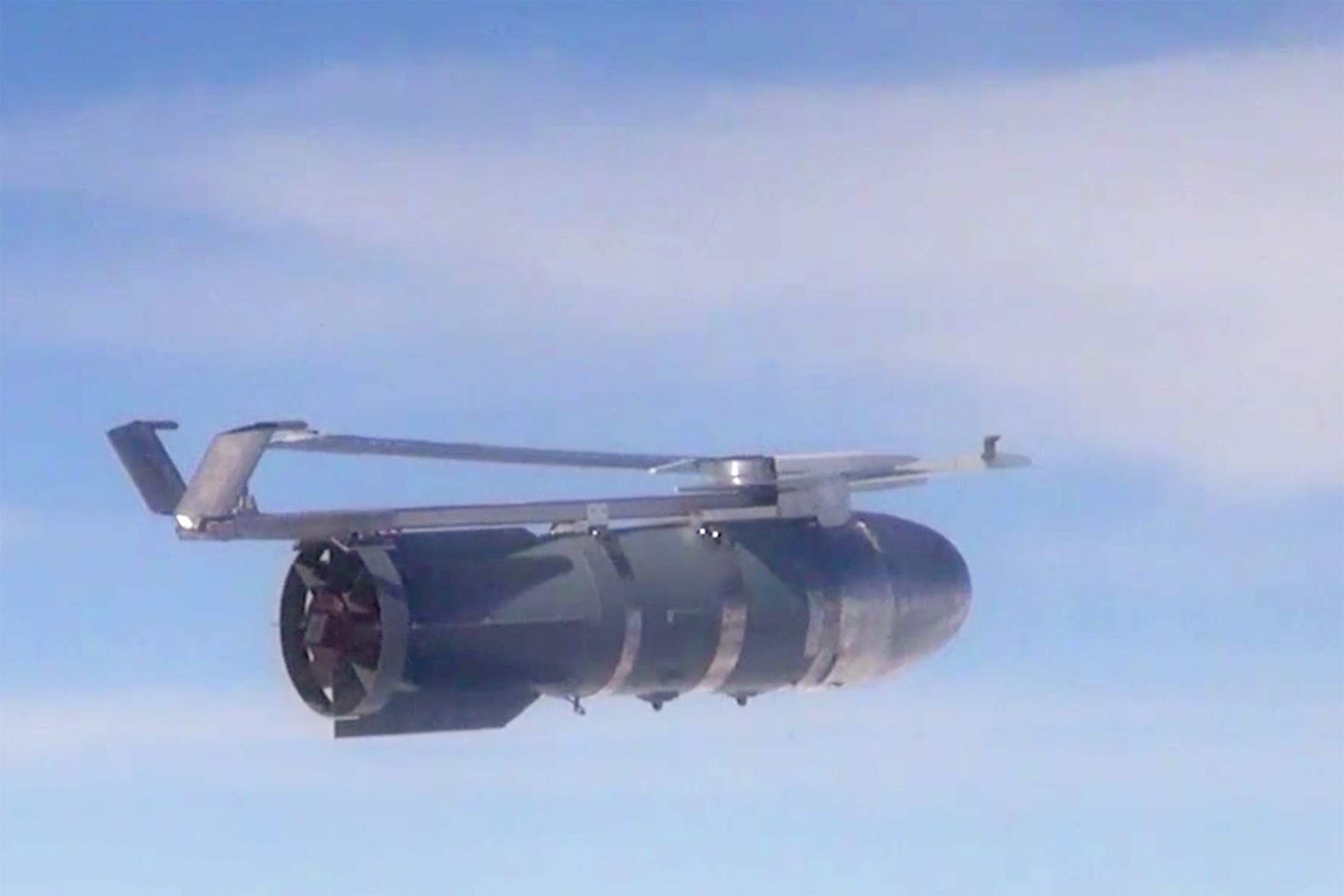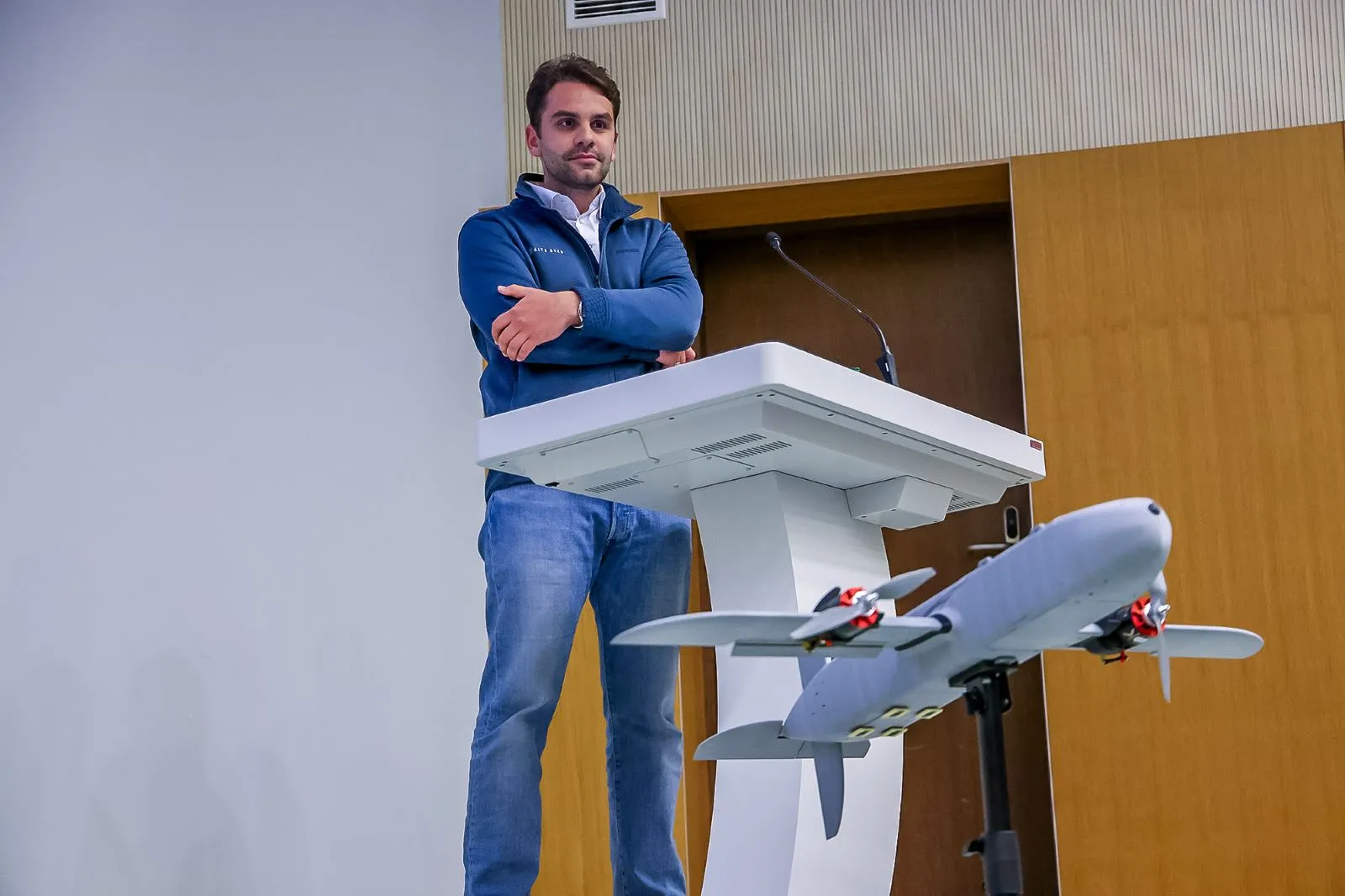
The 15th NATO Innovation Challenge competition was dedicated to finding solutions for countering Russian aerial bombs with UMPK kits. However, it did not produce the desired solution.
NATO’s Allied Command Transformation announced the results of the competition.
The competition was announced in February 2025 on the Innovation Challenges technological platform. The winner was the French team Alta Ares with their project “Embedded Artificial Intelligence for Recognition, Detection, and Identification.”
It proposed an artificial intelligence-based system that ensures early threat detection, rapid identification, and decision-making support. The solution is based on patented computer vision and machine learning algorithms that analyze visual and acoustic data in real-time.
The system allows for early warnings to troops in the strike zone, enabling them to take cover or deploy electronic warfare systems. It is also claimed that it “enables preventive strikes through the analysis of enemy targets using artificial intelligence.”

Second place was awarded to the TYTAN Technologies team from Germany, which presented an aircraft-type interceptor drone, and third place went to the French team ATREYD.
In total, 40 teams from ten countries participated in the competition. A group of defense experts selected 13 finalists, who presented their solutions at the NATO Joint Forces Training Centre. Their projects were evaluated by specialized professionals, military system developers, as well as representatives from NATO command and the Ministry of Defence of Ukraine.
Some participants attempted to overcome the limitations of traditional radars using innovative technologies. The proposed solutions included acoustic sensors with sound analysis based on artificial intelligence, passive radar concepts, and active radar systems. Specifically, compact radars with active electronically scanned array (AESA) antennas and 4D radars with beam control. Some projects combined radars with computer vision systems.

The teams working on intercepting bombs with UMPK kits presented various options for kinetic countermeasures. These included high-speed drones, miniature missile systems, and the swarms of interceptors designed to create dynamic aerial “walls.” One of the concepts involved a container platform for launching drones, capable of deploying up to 200 autonomous FPV drones coordinated by AI. Another solution proposed the creation of an inexpensive interceptor with an electric motor and a homing head.
Some teams suggested modular interceptors equipped with “expendable” kill mechanisms that could consecutively destroy multiple targets.

A wide range of electronic warfare (EW) systems was also presented, including those capable of bypassing Russian countermeasures, such as antennas with controlled radiation patterns like the Kometa type. Other solutions proposed the use of microwave weapons that can physically disable onboard electronics.
It is noted that the presented solutions would then be evaluated for potential further collaboration, prototype development, and field testing.
Ultimately, the winner of the competition was the company that proposed a method for warning about an attack, rather than intercepting or preventing it. The proposed solutions with electric interceptor drones are unlikely to be a realistic countermeasure, considering the speed of aerial bombs with the UMPK kits at 500-600 km/h.
Підтримати нас можна через:
Приват: 5169 3351 0164 7408
PayPal - paypal@mil.in.ua
Стати нашим патроном за лінком ⬇
Subscribe to our newsletter
or on ours Telegram
Thank you!!
You are subscribed to our newsletter